Florida summers can be brutal on our furry friends, especially their sensitive paw pads.
I learned this the hard way when my Labrador, Max, hopped across a scorching parking lot and yelped in pain. Asphalt can reach temperatures of 140°F when the air is just 87°F – hot enough to fry an egg and definitely hot enough to burn your pet’s paws.
Here’s how to keep those precious paws safe during our sunshine state’s sizzling season.
1. Use The 7-Second Rule
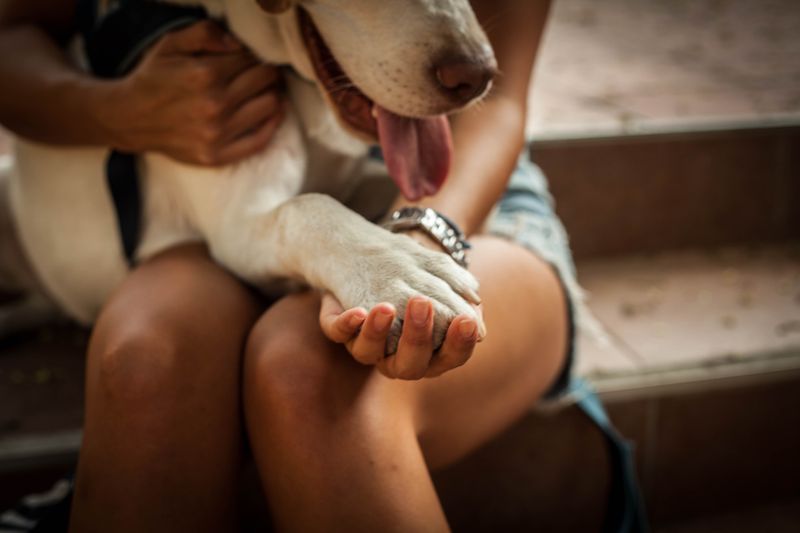
My veterinarian taught me this simple test years ago, and it’s been a game-changer.
Place the back of your hand on the pavement for 7 seconds. If it’s too hot for you to keep your hand there comfortably, it’s too hot for your pet’s paws!
This quick check takes virtually no time but can prevent painful burns and emergency vet visits. I do this test before every walk during summer months.
Remember that different surfaces heat up at different rates – dark asphalt becomes dangerously hot much faster than lighter concrete or grass areas.
2. Walk During Cooler Hours
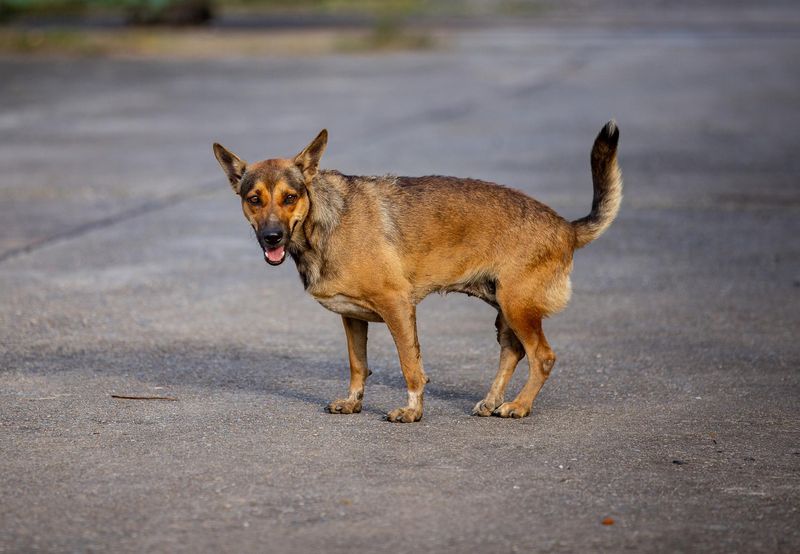
Early mornings have become our special time. The sun barely peeking over the horizon, the world still quiet, and temperatures at their daily low point make it perfect for Max’s longer walks.
Evening strolls after sunset work well too. The pavement has had time to cool down, and the gentle evening breeze makes for a pleasant walking experience for both of us.
Avoid walking between 10 AM and 6 PM during summer months when possible.
3. Stick To Grass Or Shaded Paths
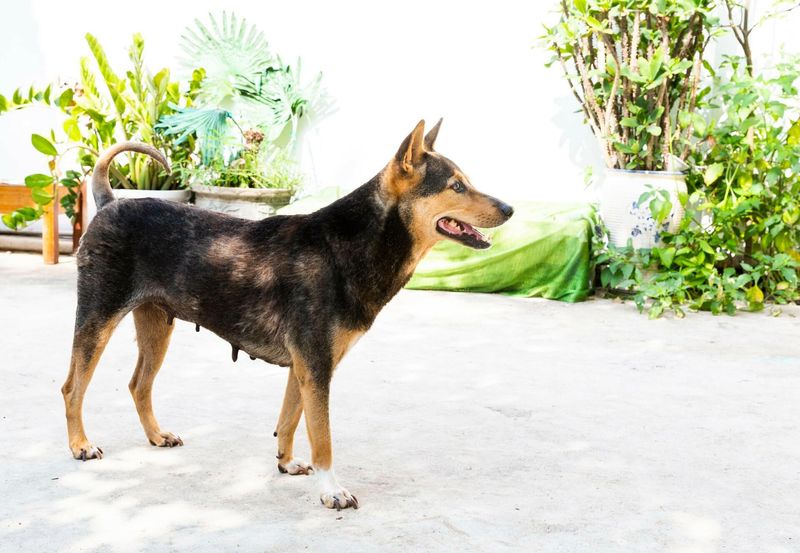
Grass is a paw’s best friend during scorching Florida summers! These natural surfaces stay significantly cooler than man-made ones, even in direct sunlight. I’ve mapped out all the grassy routes in our neighborhood specifically for summer walks.
Tree-lined paths offer double protection – shade for both of us and cooler ground for those sensitive paw pads. The temperature difference between sunny and shaded pavement can be as much as 30 degrees!
Beach sand presents another hazard – it can reach scalding temperatures. Early morning beach trips are magical, but midday visits require protective booties.
4. Use Paw Protection
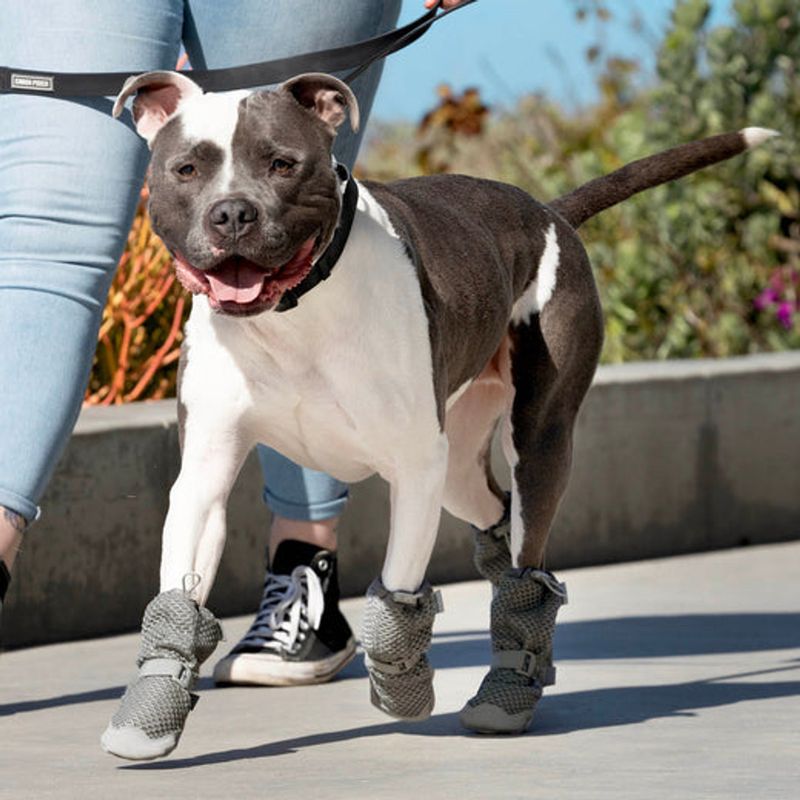
Dog booties were a comedy show the first time Max tried them – that awkward high-step walk had us both in stitches! But after a few practice sessions, he adjusted completely.
Quality matters with paw protection. Look for booties with thick, textured soles and secure fastening. The investment is worth it compared to treating painful burns.
Paw wax creates a protective barrier between sensitive pads and hot surfaces. It’s perfect for dogs who refuse booties (we all know some stubborn pups!).
5. Limit Outdoor Time
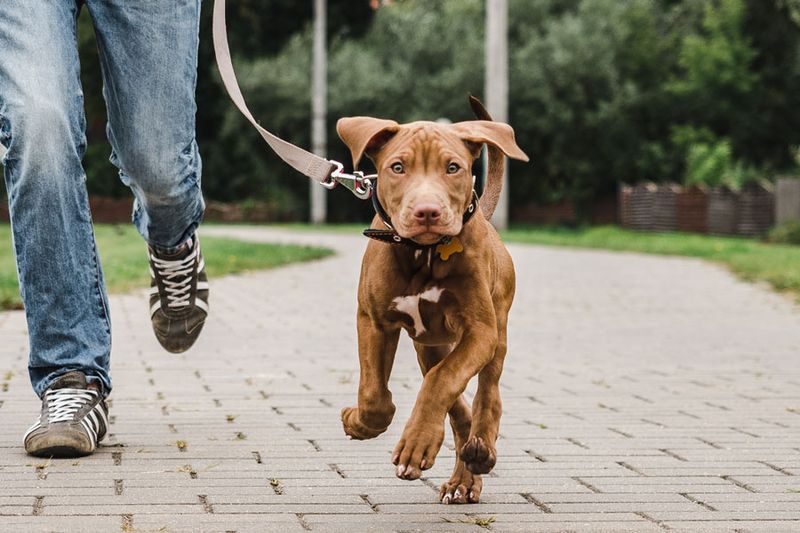
Sometimes shorter is better! Quick potty breaks rather than lengthy adventures make sense during peak heat. Max and I have adapted with multiple brief outings instead of our usual long walks during summer months.
Watch for signs your pet is overheating – excessive panting, drooling, or reluctance to continue walking. These warnings mean it’s time to head back to air-conditioned comfort immediately.
Indoor play can supplement outdoor exercise during hot spells.
6. Avoid Hot Surfaces
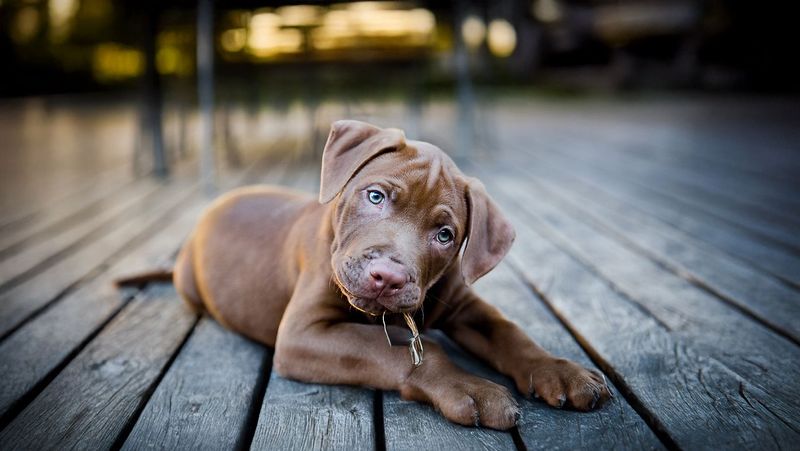
Boat docks, metal stairs, and even some playground equipment can cause instant burns. I once saw a dog hop onto a metal boat dock and immediately yelp in pain – a lesson I never forgot.
Artificial turf is surprisingly dangerous. While it looks like grass, it can reach temperatures 30-50 degrees hotter than natural grass when in direct sunlight.
Pool decks fool many pet owners. Despite often being wet, the concrete around pools absorbs tremendous heat. Always test these surfaces before letting your furry friend walk on them.
7. Check For Signs Of Paw Burns
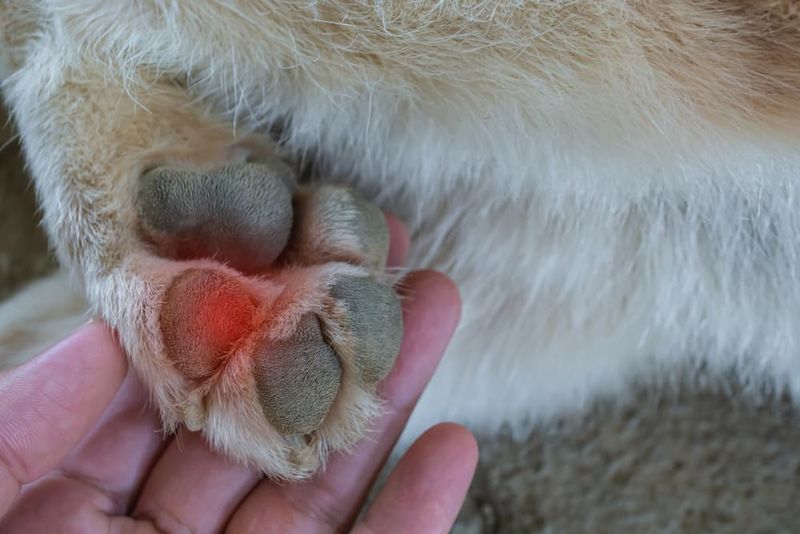
After our walks, I always inspect Max’s paws carefully. Red or darkened pads, blisters, limping, or excessive licking of the feet are all warning signs of potential burns that shouldn’t be ignored.
Minor burns can be treated at home by gently cleaning the paw with cool water, applying an antibiotic ointment (pet-safe ones only!), and limiting activity.
Severe burns require immediate veterinary attention. If skin is sloughing off, large blisters are present, or your pet refuses to walk, don’t wait – head to the vet right away.
8. Provide Cooling Options

Cooling mats have been a summer lifesaver for Max! These gel-filled pads stay cool without refrigeration and provide instant relief for hot paws and overheated bodies. He seeks his out instinctively after our morning walks.
Wet towels on cool tile floors create comfortable spots for pets to rest their paws and bodies. The combination of moisture and the naturally cooler tile works wonders on hot days.
Kiddie pools offer both entertainment and cooling relief.
9. Avoid Leaving Pets In Parked Cars
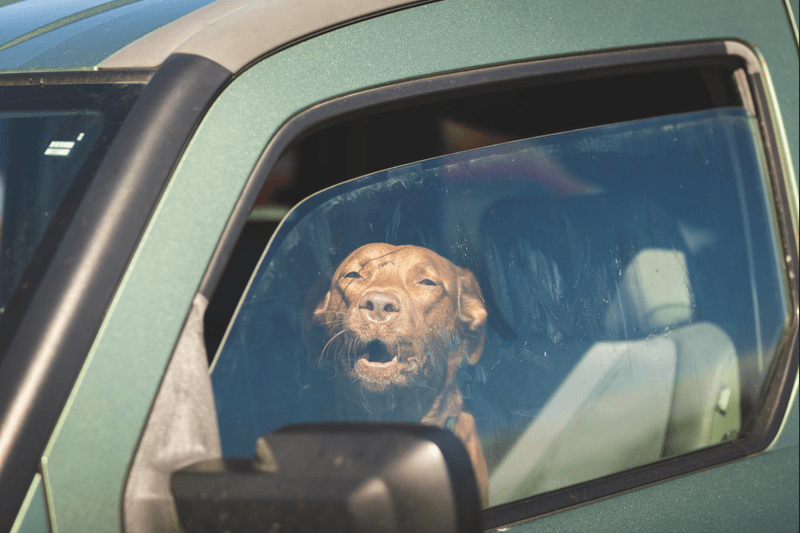
This might seem obvious, but every summer brings tragic headlines. Even with windows cracked, car interiors can reach 120°F in just 10 minutes when it’s 85°F outside. Florida temperatures regularly exceed that!
Running errands? Leave your furry friend at home in air-conditioned comfort.
In Florida, Good Samaritans who break into vehicles to rescue pets in imminent danger are protected from civil liability under certain conditions. Note the car’s make, model, and license plate before calling authorities.
